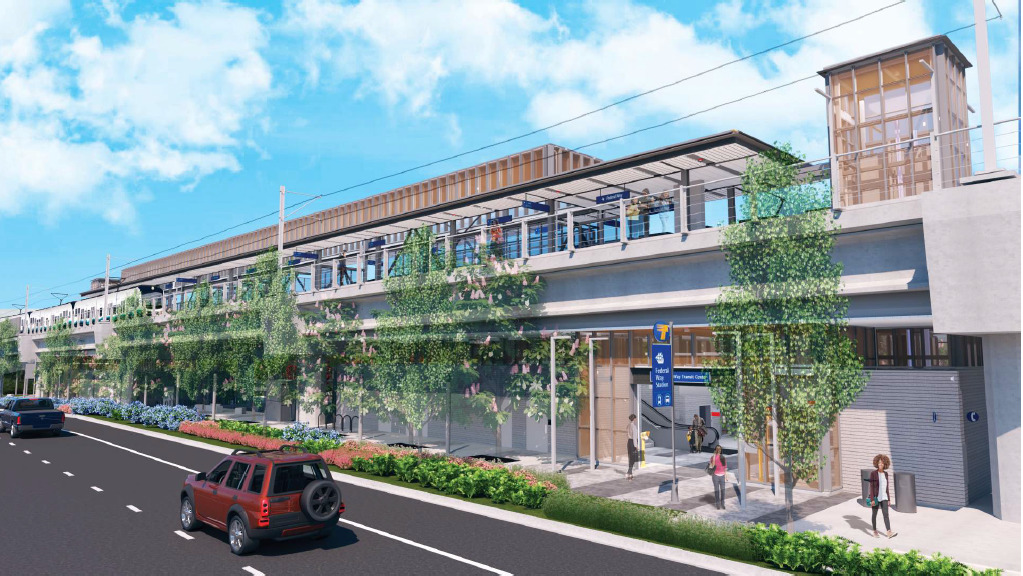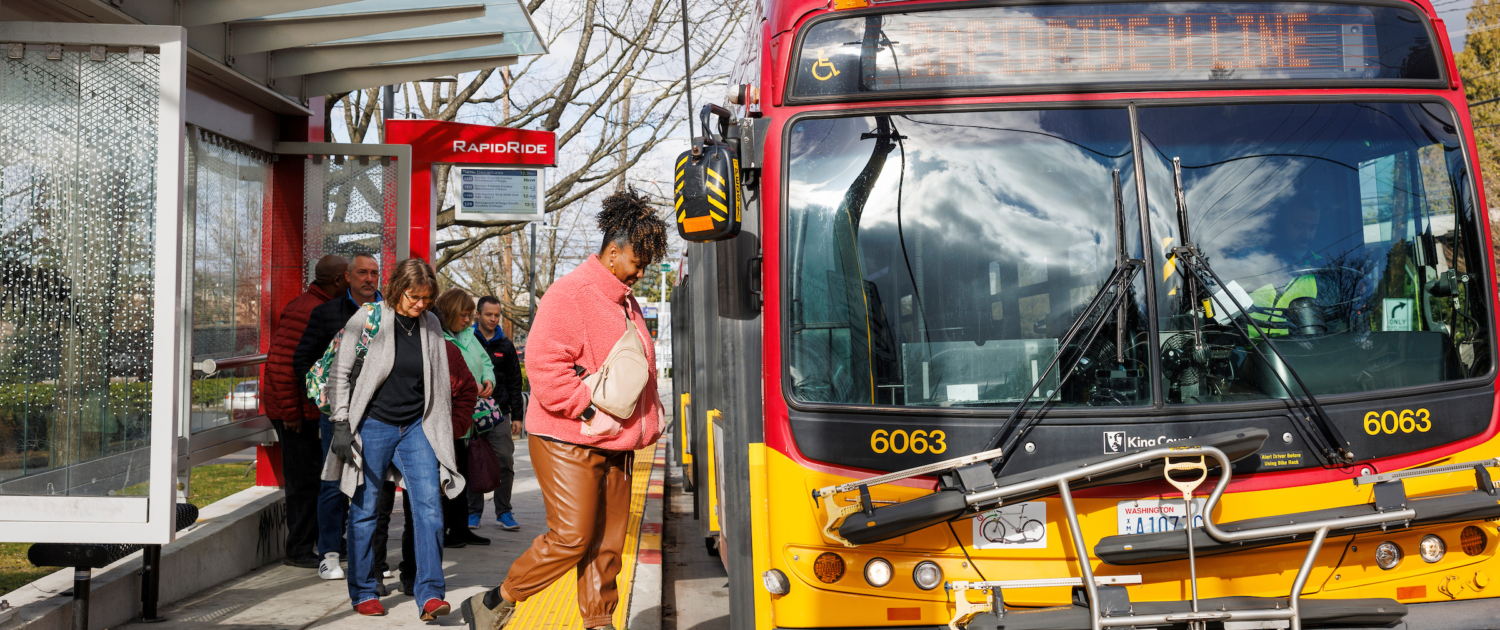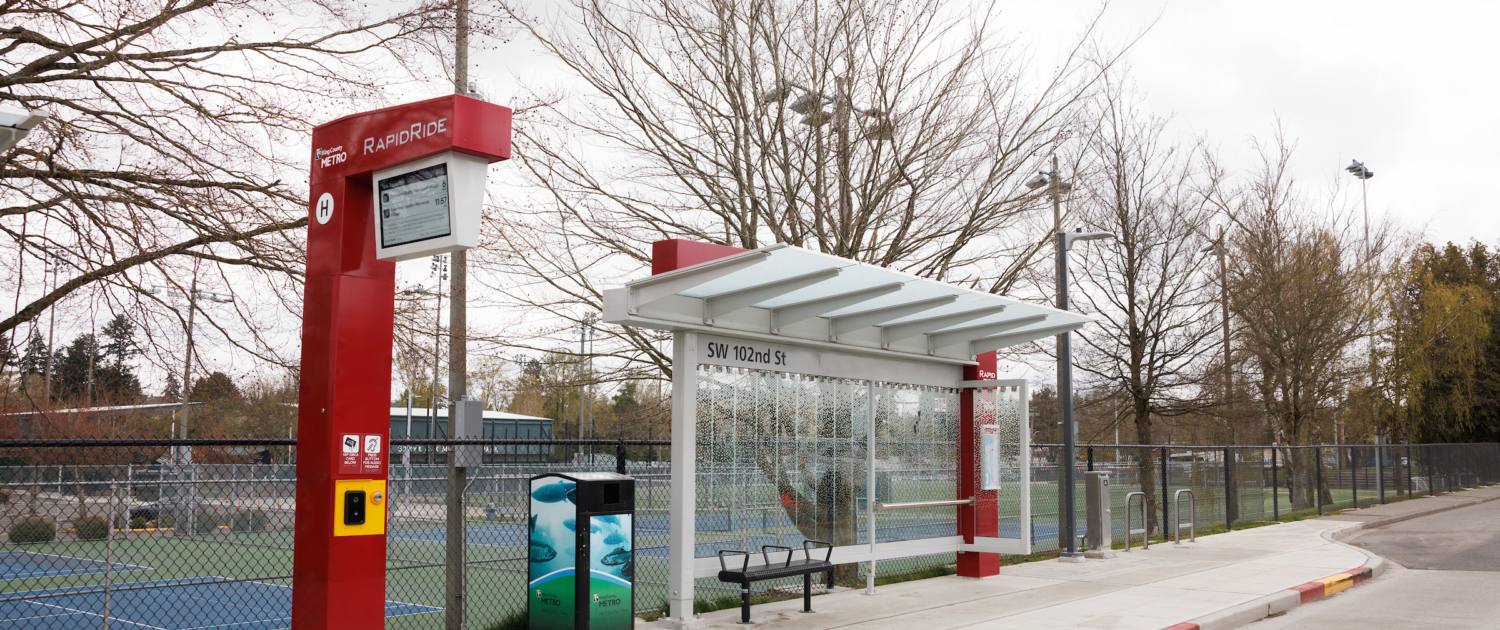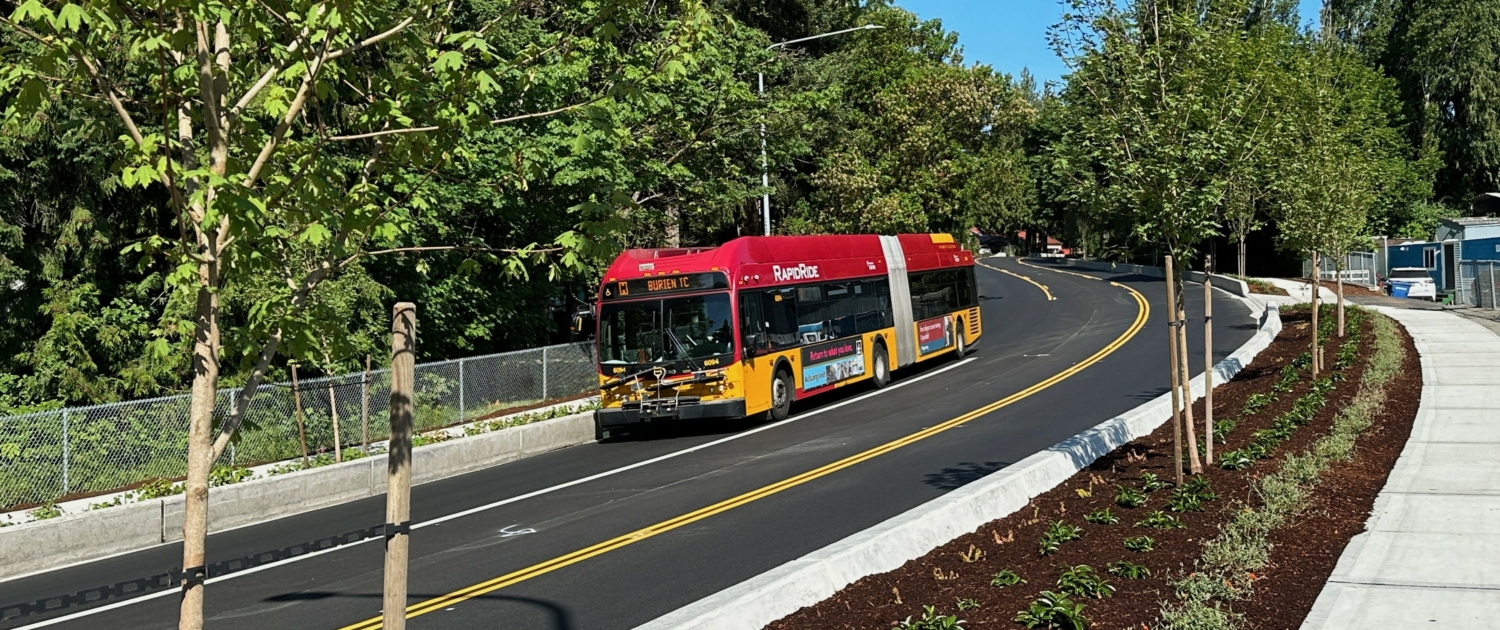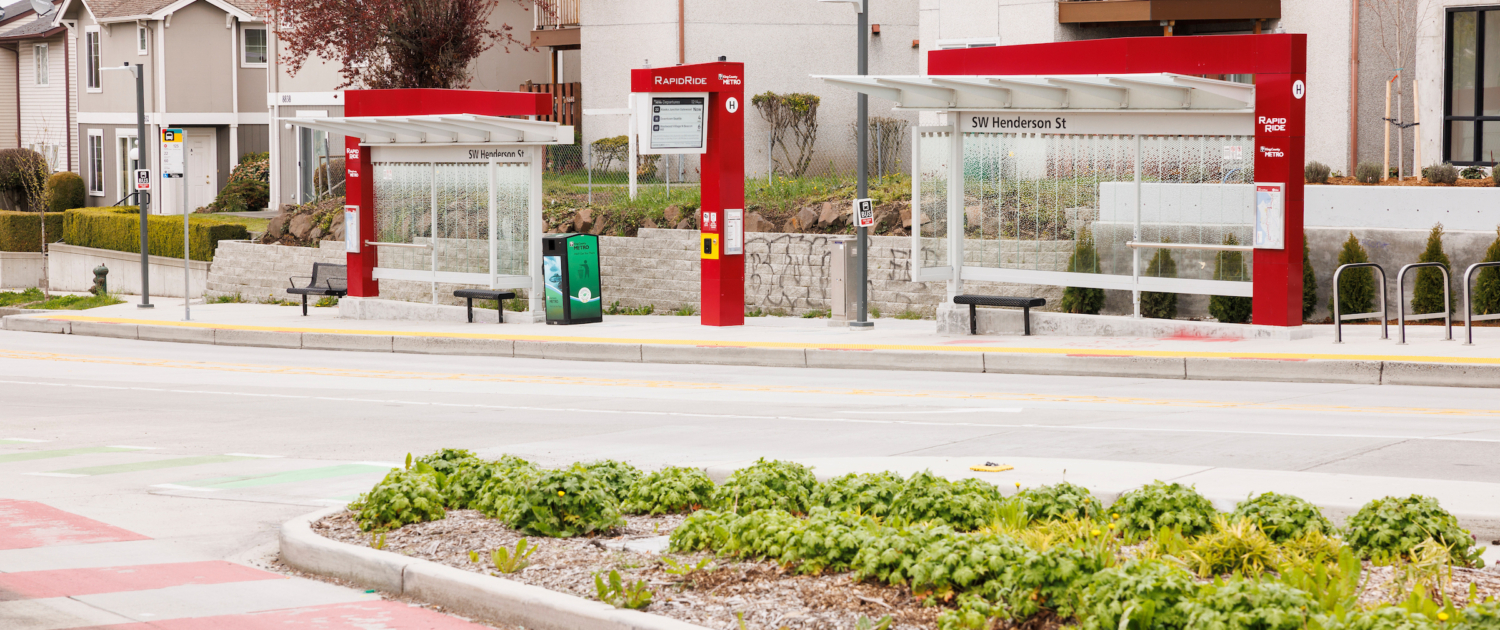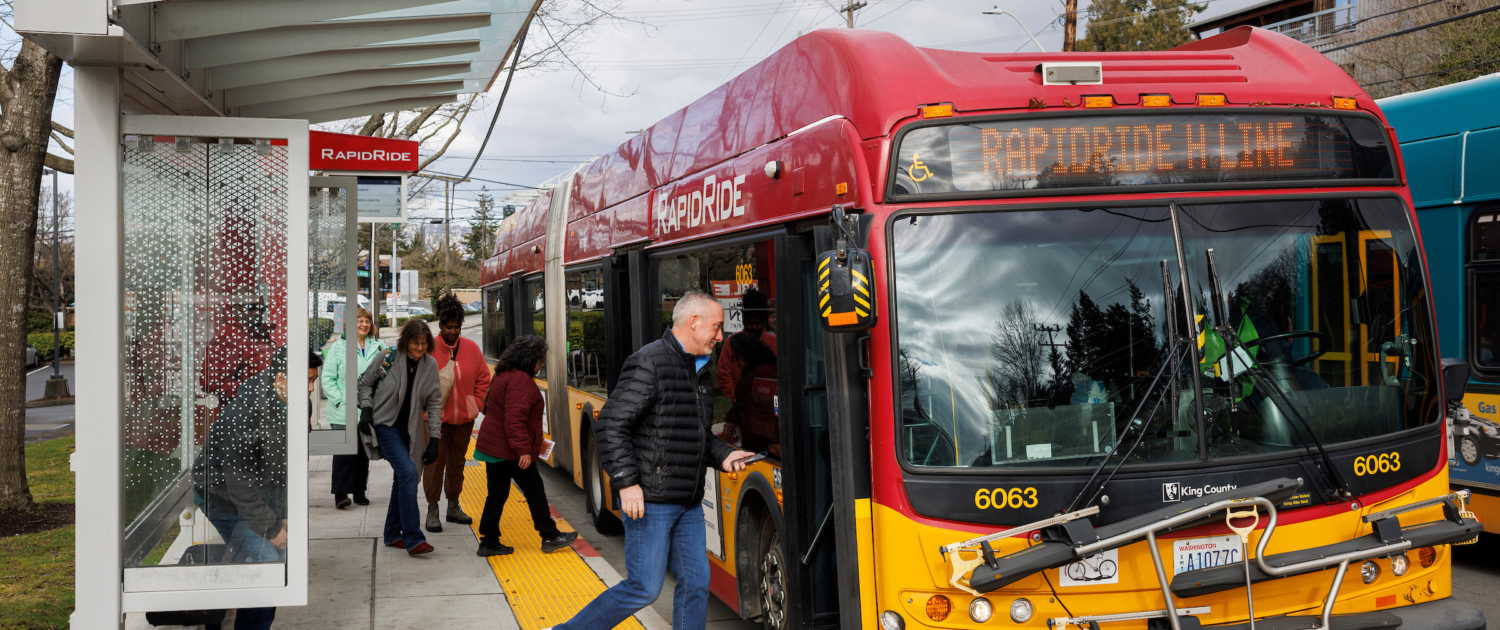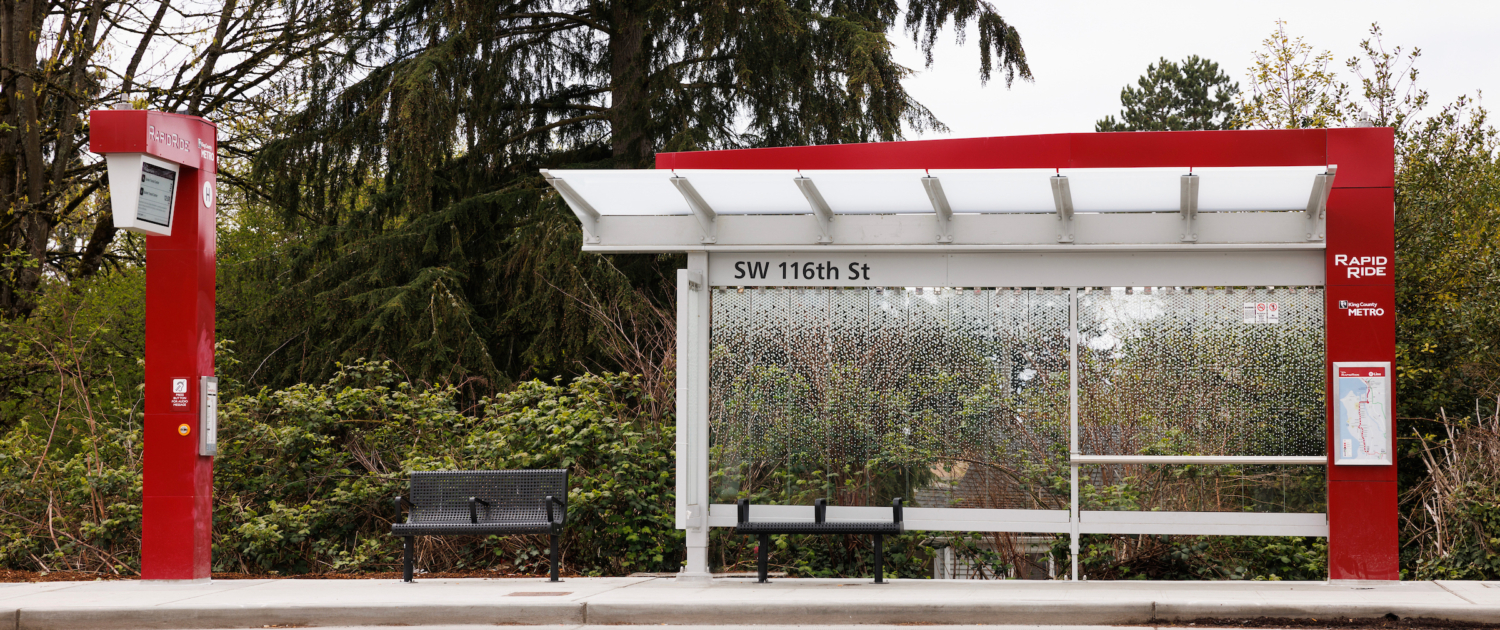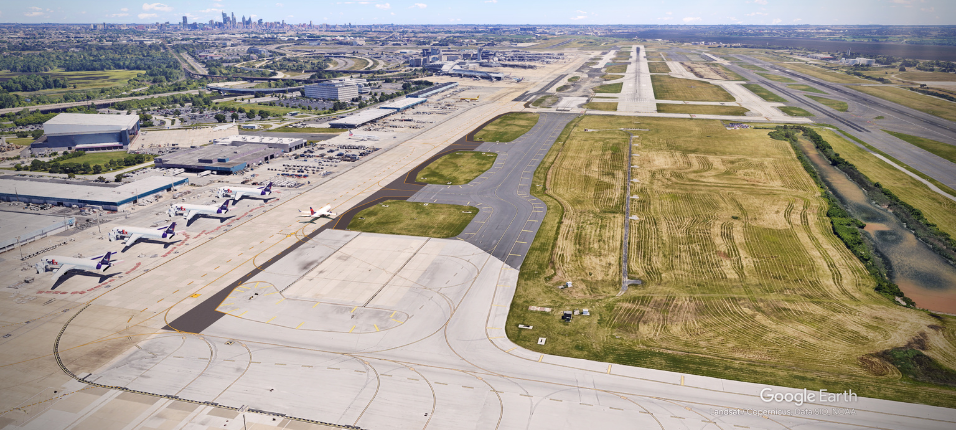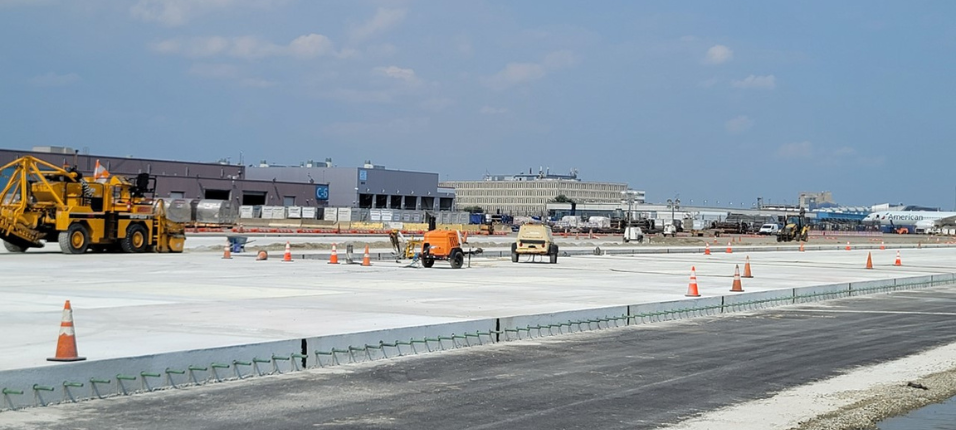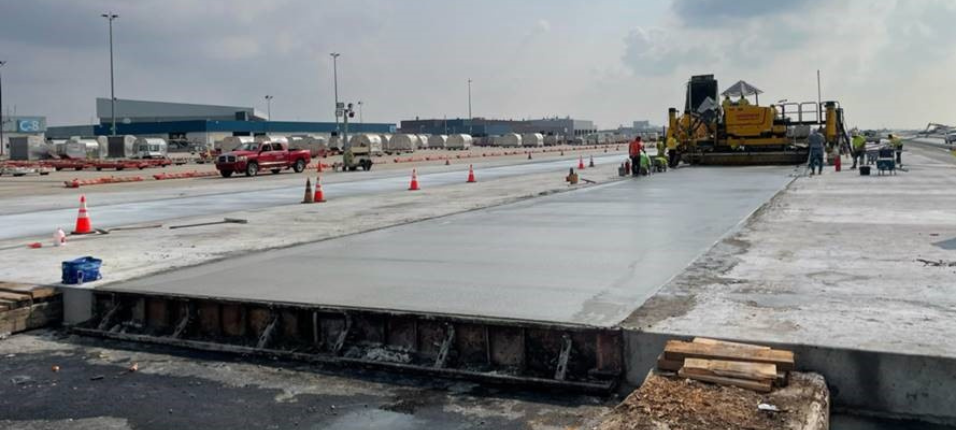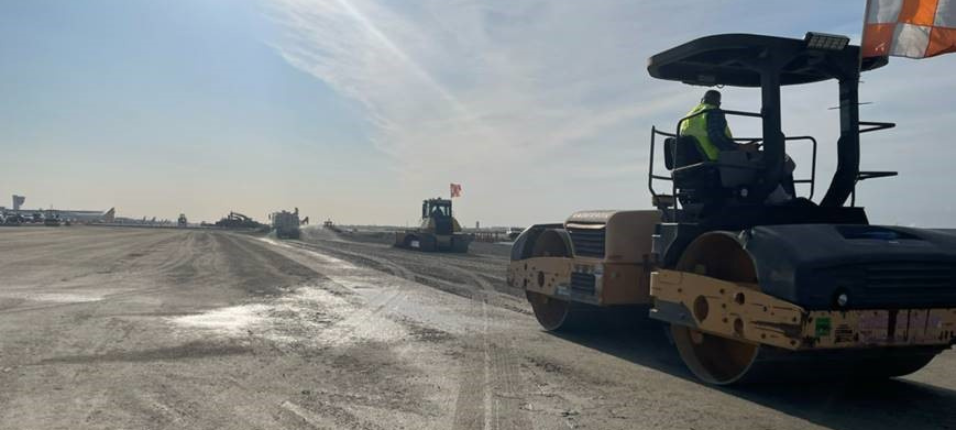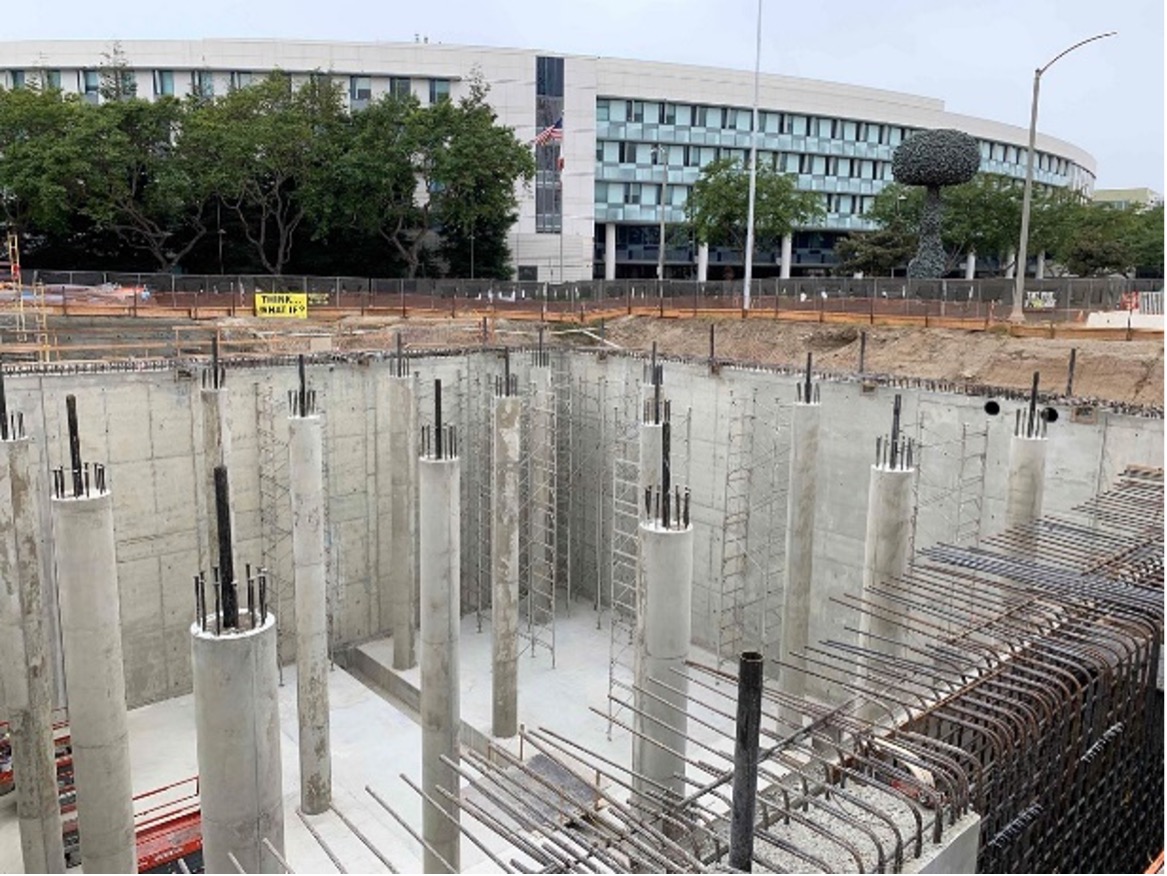 Santa Monica’ SWIP is an all-underground Advanced Water Treatment Facility and first-of-its-kind to purify wastewater and stormwater for water reuse.
Santa Monica’ SWIP is an all-underground Advanced Water Treatment Facility and first-of-its-kind to purify wastewater and stormwater for water reuse.
Santa Monica, Calif. and Washington, D.C. — The City of Santa Monica Sustainable Water Infrastructure Project (SWIP) has earned an Envision Platinum award for sustainability. Substantial accomplishments across multiple Envision credit areas, from leadership and community quality of life to resource allocation, climate resilience, and the natural world, combined to give this project the highest Envision award level, Platinum.
The City of Santa Monica SWIP reduces the city’s traditional reliance on costly imported freshwater resources from Northern California and the Colorado River by creating new, local water supplies. The project is an advanced treatment water recycling plant that treats the city’s municipal wastewater, stormwater (wet-weather), and urban runoff (dry-weather) with the new stormwater harvesting tank. Otherwise, the stormwater is discharged into Santa Monica Bay. Once treated, the advanced treated water is conveyed through the existing distribution system and reused for landscape irrigation. The new system also allows for excess produced water to be recharged into the groundwater supplies and extracted later for reuse as a local and sustainable drinking water supply.
Quotes
Selim Eren, PE, Principal Civil Engineer, said: “Santa Monica has introduced a world-class, first-of-its-kind water reuse project with SWIP. This Project exemplifies the City’s leadership and commitment to the protection of natural resources, climate resilency and innovation.”
Kristi Wamstad, ISI’s Verification Director, said: “ISI congratulates the City of Santa Monica for its commitment to environmental stewardship, sustainability and water self-sufficiency. While developing a diverse, sustainable, and drought-resilient local water supply, the project makes a significant positive impact on quality of life through water quality improvements, greater community mobility and access, and improved public spaces.”
Background to the Project
Historically, to withstand periods of drought, it has been necessary for the City of Santa Monica to import much of its water from drought-stressed Northern California and the much-in-demand Colorado River. Amid growing statewide concerns over the long-term availability of water, the city has taken aggressive steps over the past decade, focusing both on water conservation and developing new, local water supplies. Conservation efforts have managed to significantly reduce overall water consumption, while the development of new water supplies for landscape irrigation and other uses—from waters previously considered waste—has reduced the city’s reliance on imported waters. In 2019, a key stormwater capture and reuse project known as the Santa Monica Clean Beaches Project, recognized with an Envision Gold award, helped move the city closer to those objectives.
The city’s SWIP project is focused specifically on advanced treating municipal wastewater as well as capturing stormwater, urban water runoff, and treating them up to drinking water standards. Its components include the development of new infrastructure to advance treat the city’s wastewater, an all-underground advanced water treatment facility (AWTF), a new stormwater harvesting tank, and upgrades to the existing treatment facility. This first-of-its-kind project contributes significantly toward self-sufficiency goals identified in the city’s Sustainable Water Master Plan, by producing up to 10% of the city’s water supply.
The project is proof of Santa Monica’s commitment to environmental innovation as the shortage of water resources challenges California and western US states sharing this precious resource. By capturing rainwater and urban runoff away from the Santa Monica Bay and treating it beyond drinking water standards, the project aims to improve water quality in Santa Monica Bay and protect the ocean.
The project aligns with the state’s Water Supply Strategy goals of increasing recycling wastewater and the state’s control measures governing municipal separate storm sewer systems and Enhanced Watershed Management Programs (EWMPs). Here are some of the key sustainability achievements:
Verified Sustainability Achievements
Preserving Water Resources: The city’s sustainability goal is to obtain 100% of its water locally, and the Sustainable Water Infrastructure Project (SWIP) plays a key role in reaching this objective. By capturing, recycling, treating, and beneficially reusing 1 million gallons per day of stormwater and municipal wastewater that would otherwise be wasted, the SWIP preserves 10% of the city’s water demand locally, creating a net positive impact on water quality and resources in the watershed. The SWIP is estimated to produce 14.6 trillion gallons of water over a 40-year span.
Management of Stormwater: One of the project’s purposes is stormwater management. Stormwater runoff from the site is captured, along with a significant portion of stormwater generated from the 88-acre upstream catchment basin. A 1.5-million-gallon stormwater harvesting tank is capable of capturing the 85th percentile, 24-hour storm event from the 88-acre watershed area. Once captured, the stormwater is mixed with wastewater, treated at the Advanced Water Treatment Facility (AWTF), and distributed for beneficial reuse.
Natural World: There will be significantly less pollution entering Santa Monica Bay, one of the city’s greatest natural assets and contributors to the city’s social and economic livelihoods. Supporting this outcome is a more modern treatment process. The project employs innovative technologies, including membrane bioreactors and advanced oxidation processes, that provide better water treatment and significantly reduce the amount of chemicals required. Through the diversion of untreated stormwater and treated wastewater from Santa Monica Bay, the SWIP has a net positive impact on ocean water quality.
Reduced Water-Supply Carbon Footprint: The advanced water treatment plant and all components of the SWIP Project operate solely on 100% renewable electricity annually, obtained through the city’s Direct Access agreement with the Clean Power Alliance. All power purchased under the city’s 100% renewable plan comes from 100% solar sources. This equates to 9,633 MWh (34,679,600 MJ) annually and 289,000 MWh of solar power purchased throughout the 30-year life of the project. The city’s commitment to renewable energy is expected to result in 100% renewable power for the entire city, inclusive of all residents and businesses within city limits, by 2025 (currently, 96% of all power in the city is renewable).
Quality of Life Measures: The most direct impact on quality of life will come from locally recycled produced water and improved beach water quality. Wastewater previously not recycled now adds to the city’s water portfolio through reuse, and stormwater previously discharged into Santa Monica Bay contained high levels of coliform bacteria, which frequently prompted water quality warnings and beach closures. This situation was disadvantageous for the local quality of life and for tourism, which brings annually $700 million into the local economy. The ability to capture, treat, and beneficially reuse wastewater and stormwater with this project delivers a positive impact on bay water quality, beach closures, and the community’s water supply.
Stakeholder Engagement: The Santa Monica community, technical leaders, and local and state regulators were meaningfully engaged in and positively supported the project and process. Engagements with stakeholders highlighted, among other aspects, the importance of preserving or enhancing views and local character. In response, the project team employed strategies such as adopting existing city sustainability and water master plans and guidelines, locating much of the facility underground, and preserving and enhancing local landscapes, with a particular emphasis on large trees.
Mobility and Access: The Santa Monica Sustainable Water Infrastructure Project increases mobility and access in Santa Monica’s Civic Center and downtown by adding new sidewalks and bike lanes. An extension of Civic Center Drive to Main Street through this project also allows better vehicle access to the Civic Center and the Bay.

Top: Stormwater Harvesting Tank at City of Santa Monica Sustainable Water Infrastructure Project. Above: Membrane Bio-Reactor. Below: Reverse Osmosis Treatment.

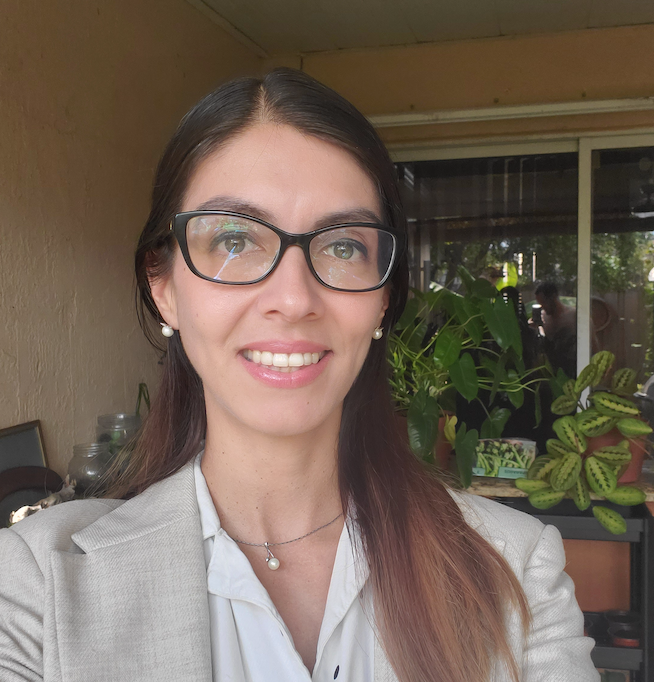 Vannesa Weiss is one of the newest member of ISI’s team, supporting operations and human resources functions as an Operations Associate. Over just two months at ISI, she has become involved in many different facets of the organization. “I’ve had the pleasure of collaborating with and getting to know this dedicated team committed to sustainability,” she highlighted recently. “I’ve been working to strengthen team efforts and enhance operational efficiencies, fostering an environment where everyone can excel.”
Vannesa Weiss is one of the newest member of ISI’s team, supporting operations and human resources functions as an Operations Associate. Over just two months at ISI, she has become involved in many different facets of the organization. “I’ve had the pleasure of collaborating with and getting to know this dedicated team committed to sustainability,” she highlighted recently. “I’ve been working to strengthen team efforts and enhance operational efficiencies, fostering an environment where everyone can excel.”
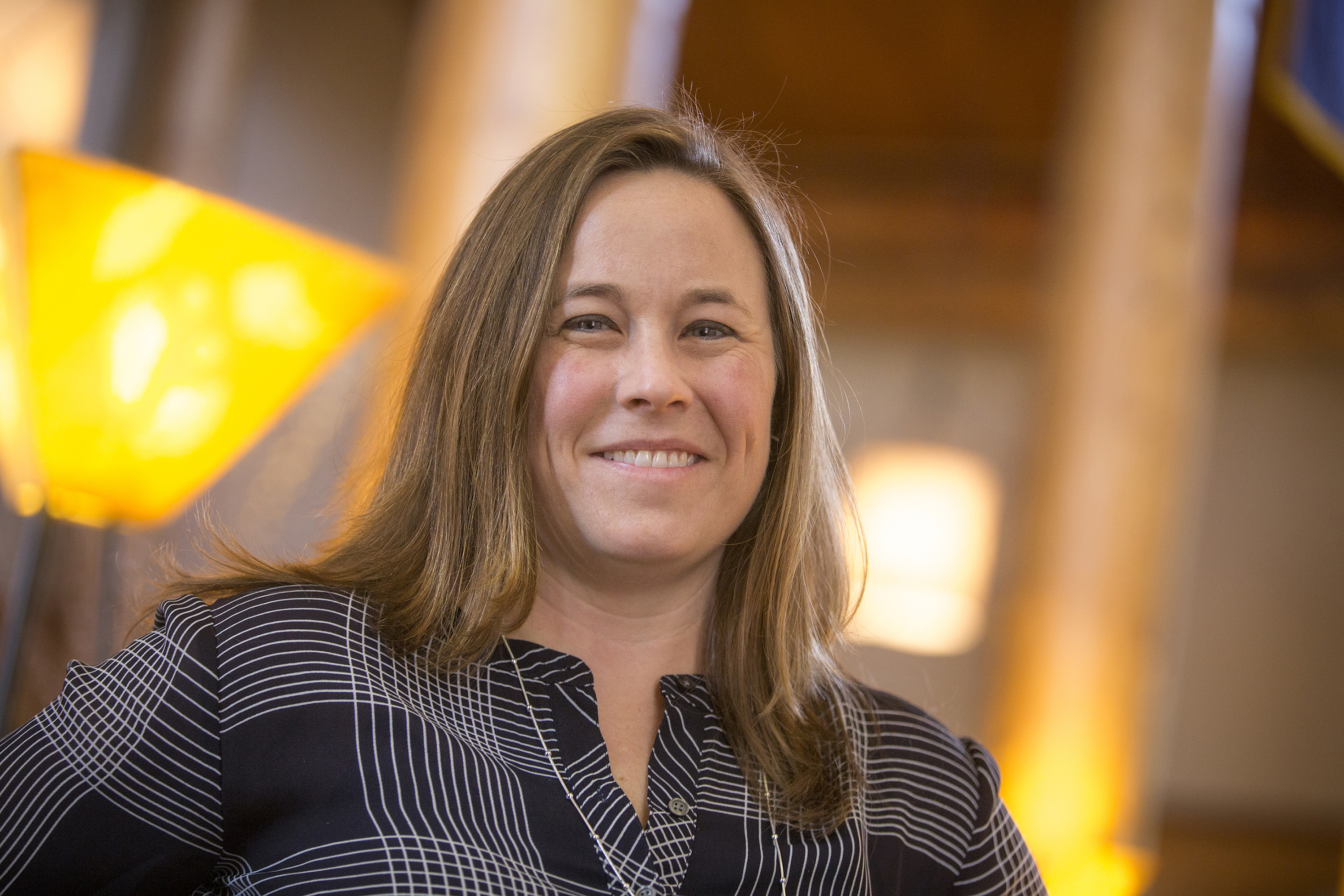 Jennifer Ninete has joined ISI as Director of Engagement, with overall responsibility for communications, marketing, and business development. An Envision Sustainability Professional (ENV SP) and ISI approved Envision Trainer, she has worked in the AEC industry for nearly 25 years.
Jennifer Ninete has joined ISI as Director of Engagement, with overall responsibility for communications, marketing, and business development. An Envision Sustainability Professional (ENV SP) and ISI approved Envision Trainer, she has worked in the AEC industry for nearly 25 years.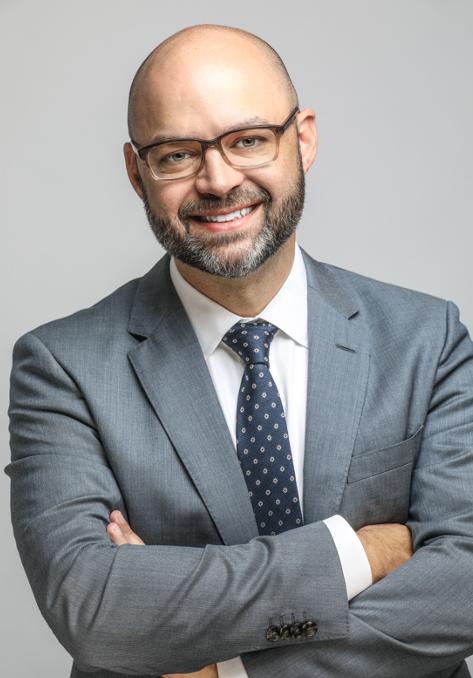 Currently with more than 170 verified projects, ISI’s Envision Framework is increasingly well recognized as a tool to improve sustainability performance on civil infrastructure projects of all types. Back in 2014, however, the prospects looked very different. Envision was a new venture, and the future was anything but certain.
Currently with more than 170 verified projects, ISI’s Envision Framework is increasingly well recognized as a tool to improve sustainability performance on civil infrastructure projects of all types. Back in 2014, however, the prospects looked very different. Envision was a new venture, and the future was anything but certain. Santa Monica’ SWIP is an all-underground Advanced Water Treatment Facility and first-of-its-kind to purify wastewater and stormwater for water reuse.
Santa Monica’ SWIP is an all-underground Advanced Water Treatment Facility and first-of-its-kind to purify wastewater and stormwater for water reuse.

